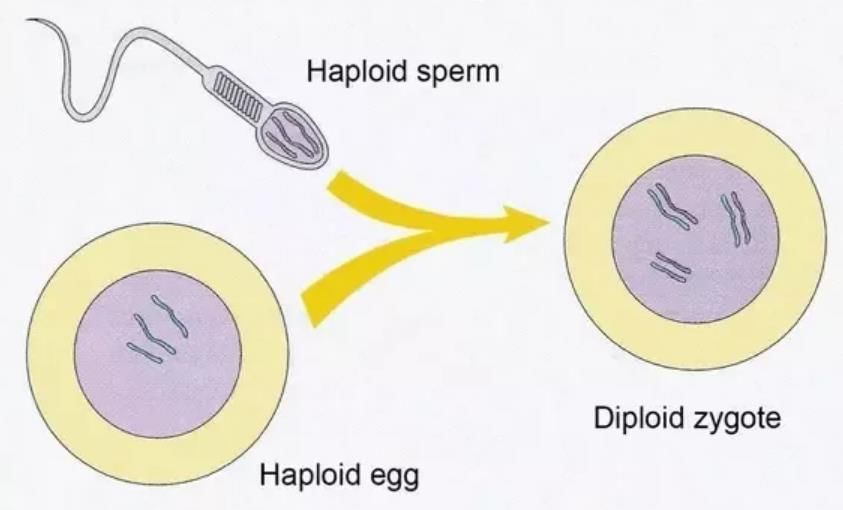CUET Exam > CUET Tests > Test: Sexual Reproduction (Old NCERT) - CUET MCQ
Test: Sexual Reproduction (Old NCERT) - CUET MCQ
Test Description
10 Questions MCQ Test - Test: Sexual Reproduction (Old NCERT)
Test: Sexual Reproduction (Old NCERT) for CUET 2025 is part of CUET preparation. The Test: Sexual Reproduction (Old NCERT) questions and answers have been prepared
according to the CUET exam syllabus.The Test: Sexual Reproduction (Old NCERT) MCQs are made for CUET 2025 Exam.
Find important definitions, questions, notes, meanings, examples, exercises, MCQs and online tests for Test: Sexual Reproduction (Old NCERT) below.
Solutions of Test: Sexual Reproduction (Old NCERT) questions in English are available as part of our course for CUET & Test: Sexual Reproduction (Old NCERT) solutions in
Hindi for CUET course.
Download more important topics, notes, lectures and mock test series for CUET Exam by signing up for free. Attempt Test: Sexual Reproduction (Old NCERT) | 10 questions in 10 minutes | Mock test for CUET preparation | Free important questions MCQ to study for CUET Exam | Download free PDF with solutions
Detailed Solution for Test: Sexual Reproduction (Old NCERT) - Question 1
Test: Sexual Reproduction (Old NCERT) - Question 2
In which plant species is it difficult to define the different phases (juvenile, reproductive phase)?
Detailed Solution for Test: Sexual Reproduction (Old NCERT) - Question 2
Detailed Solution for Test: Sexual Reproduction (Old NCERT) - Question 3
Test: Sexual Reproduction (Old NCERT) - Question 4
The most critical event in sexual reproduction is:
Detailed Solution for Test: Sexual Reproduction (Old NCERT) - Question 4
Detailed Solution for Test: Sexual Reproduction (Old NCERT) - Question 5
Test: Sexual Reproduction (Old NCERT) - Question 6
Name the sequence in which sexual reproduction is divided into?
Detailed Solution for Test: Sexual Reproduction (Old NCERT) - Question 6
Test: Sexual Reproduction (Old NCERT) - Question 7
During Embryonic development which of the following organs is formed first?
Detailed Solution for Test: Sexual Reproduction (Old NCERT) - Question 7
Test: Sexual Reproduction (Old NCERT) - Question 8
External fertilisation occurs in the majority of ______.
Detailed Solution for Test: Sexual Reproduction (Old NCERT) - Question 8
Test: Sexual Reproduction (Old NCERT) - Question 9
What are the 3 phases in a life cycle (in order)?
Detailed Solution for Test: Sexual Reproduction (Old NCERT) - Question 9
Test: Sexual Reproduction (Old NCERT) - Question 10
Which factor is responsible for the changes in the 3 phases in a life cycle?
Detailed Solution for Test: Sexual Reproduction (Old NCERT) - Question 10
Information about Test: Sexual Reproduction (Old NCERT) Page
In this test you can find the Exam questions for Test: Sexual Reproduction (Old NCERT) solved & explained in the simplest way possible.
Besides giving Questions and answers for Test: Sexual Reproduction (Old NCERT), EduRev gives you an ample number of Online tests for practice
Download as PDF
















